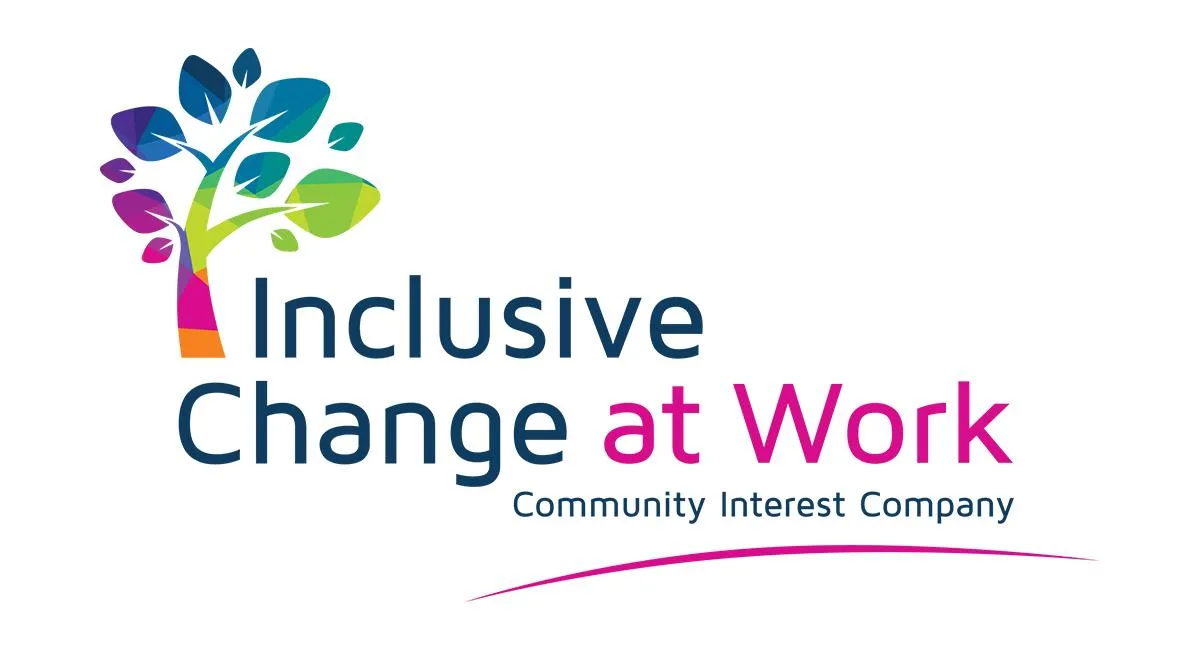Snapchat is one of the most popular messaging apps in the world, known for its disappearing messages, playful filters, and instant connections. But beneath its fun and carefree interface lies a range of risks that many users don’t consider. From privacy concerns to potential security threats, Snapchat is not as harmless as it seems. In this article, we’ll break down the hidden dangers of Snapchat and what you need to know to stay safe.
How Snapchat Works

Snapchat’s appeal lies in its unique messaging system. Users send ‘Snaps’—photos and videos that disappear after being viewed. The app also features Stories that last for 24 hours, Snap Maps for location sharing, and a chat function where messages vanish once read.
Because of Snapchat’s self-destructing nature, many users believe their content is temporary and secure. However, this is a dangerous misconception. Screenshots, screen recording, and even third-party apps can save Snaps without the sender’s knowledge. This means that anything shared on Snapchat can potentially be stored and used later—sometimes in ways the sender never intended.
Privacy Concerns & Data Collection
Like many social media platforms, Snapchat collects extensive user data. This includes:
Location tracking – Snapchat constantly gathers data on where you are.
Facial recognition – The app uses facial data for filters and lenses.
Interaction metadata – Information about whom you interact with, how often, and for how long is stored.
While Snapchat claims to prioritize privacy, there have been security breaches in the past. Hackers have accessed private Snaps, exposing personal and sensitive content. In the digital age, it’s important to remember: if it’s online, it’s never completely safe.
The Risks of Snap Maps
One of Snapchat’s most controversial features is Snap Maps, which allows users to share their real-time location with friends. While this can be a fun way to keep up with friends, it also comes with serious risks. If not managed properly, your location could be visible to people you barely know—or even strangers.
Potential risks of Snap Maps include:
Stalking – Predators or unwanted individuals can track your location.
Cyberbullying – Location tracking can make users vulnerable to harassment.
Physical safety threats – Sharing your real-time location can expose you to real-world dangers.
To protect yourself, ensure that Snap Maps is only visible to trusted friends—or better yet, disable the feature entirely.
How to Stay Safe on Snapchat
While Snapchat can be a fun and engaging platform, it’s important to take steps to protect yourself. Here’s how:
Be mindful of what you share – Even if a Snap disappears, it can still be saved.
Review privacy settings – Limit who can see your Snaps and Stories.
Disable Snap Maps – Or restrict location sharing to close friends only.
Avoid third-party apps – Many promise added Snapchat features but may compromise your security.
Final Thoughts
Snapchat may seem like a harmless app, but it comes with significant risks. Understanding how it works and the potential dangers can help you make informed choices about your online privacy and security. Always be cautious about what you share, who you connect with, and how much access you allow the app to have to your personal information. Stay smart, stay safe, and enjoy social media responsibly.





Facebook
LinkedIn
X
Instagram